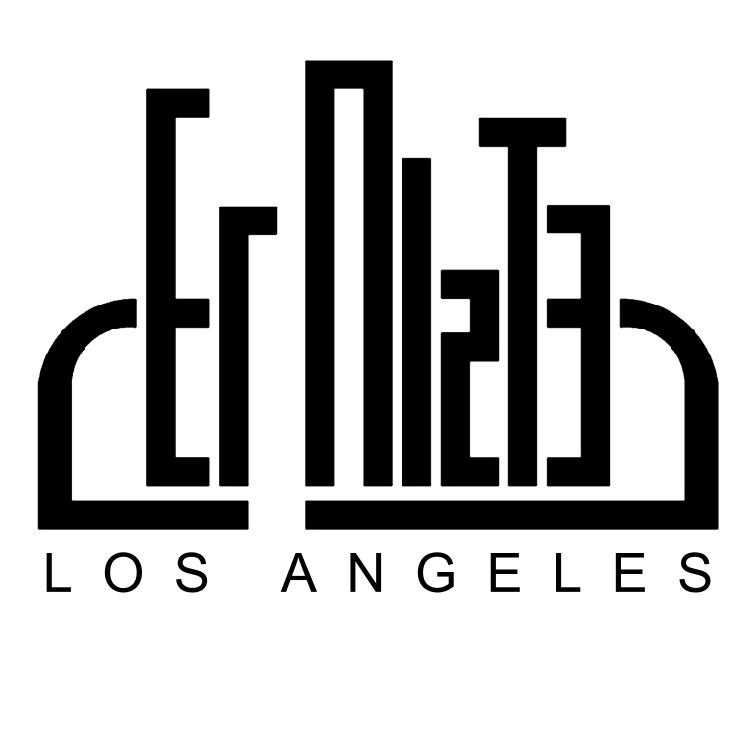Are we possessed? In Yiddish folklore tradition, we release ourselves from possession by exorcizing the “dybbuk”, a wandering spirit that clings to our bodies and communicates messages from the dead. During this hour-long workshop, performance artist Julie Weitz will share stories about the dybbuk and introduce simple movement techniques inspired by Yiddish dance, as well as mystical rituals of exorcism. Participants are encouraged to dress comfortably and all are welcome!
The workshop shares research from Weitz's “Holy Names for Our Dybbuk,” a performance art project that reimagines a dybbuk exorcism as a movement-based ritual at sites of Jewish memory in Poland. The performance represents the culmination of Weitz’s extensive research during her tenure as a U.S. Fulbright Scholar. Centered on revitalizing Yiddish folklore in Poland, Weitz employs collaborative performance strategies that intricately weave together Yiddish dance, song, mask, and storytelling at sites of Jewish memory. "Holy Names for Our Dybbuk" premiered at the 8th annual FestivALT in Kraków on June 30, 2024 and will be presented at The Polin Museum of the History of Polish Jews in Warsaw on September 25, 2024.
For centuries, the dybbuk populated the Yiddish folktales of Eastern Europe, animating the dreams and waking life of daily Jewish existence before the Holocaust. During the interwar period in Poland, the dybbuk gained widespread attention after the myth was adapted into a play by S.Anski and produced by multiple theaters in Warsaw. Two years before the Nazi occupation of Poland, the play was turned into a Yiddish-language film by Michal Waszynski, which is considered the most important Yiddish film ever made. The Dybbuk featured original choreography by Jewish performers Judith Berg and Felix Fibich, who fled Warsaw at the start of the Nazi occupation in 1939. Almost a century later, Weitz picks up where these great Polish Jewish artists left off by returning to the lands of her ancestors to stage collaborative performances inspired by the dybbuk.
Bio
Julie Weitz is a visual artist, writer and educator who accounts for the wounds and resilience of diasporic culture by creating embodied and collective experiences for repair. Weitz probes the potential for embodied performance art to activate concepts of diasporism and doikayt. Doikayt, meaning “hereness,” is a Yiddish organizing principle—popular in prewar Eastern Europe, it has re-emerged in the 21st century as a cultural and political framework for radical Jewish diasporism, standing in solidarity with global liberation movements. Weitz’s performance art practice animates figures from Yiddish folklore and uses the interactions between figures and sites—especially those where Yiddish culture was all but eradicated—to explore themes of loss and healing through a diasporic lens. She engages with caricature, folklorism, and emplacement to historicize her work in relation to past, present, and future developments in Jewish culture. Weitz is a Fulbright Scholar (2023–24) and Wallis Annenberg Helix Fellow at Yiddishkayt (2020–23). Her artwork has been exhibited at the Contemporary Jewish Museum (San Francisco), Galicia Jewish Museum (Krakow), Jewish Museum of Vienna (Austria), LAND (Los Angeles), Lambert Center for the Arts (NYC), and Judisches Museum (Germany). She has been featured in Artforum, Art in America, Los Angeles Times, The New York Times, BOMB, and Hyperallergic. Weitz received her BFA from the University of Texas and MFA from the University of Wisconsin. She is currently based in Krakow, Poland. For more information visit @MyGolem_is_here.
Image: Julie Weitz, Release Your Dybbuk, poster design by Beata Filipowicz
